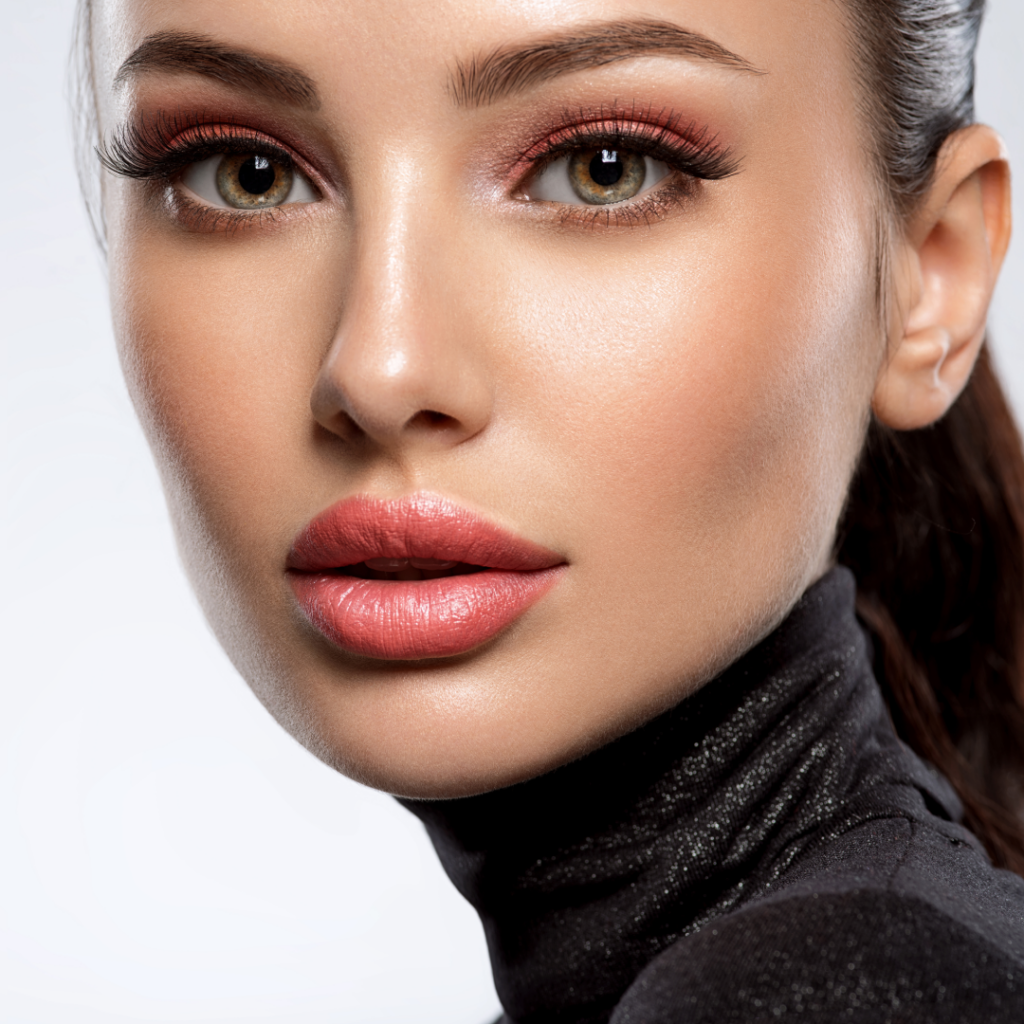At SkinTight MedSpa, we often get asked the question, “Do Chemical Peels really help with acne?” The answer is yes! Chemical peels are an effective and safe treatment for acne and can help minimize breakouts and reduce the appearance of acne scars. In this blog post, we’ll discuss why chemical peels can be beneficial for treating acne and what kind of results you can expect from a chemical peel.
What Is A Chemical Peel?
A chemical peel is a type of facial treatment used to improve the appearance of skin by removing the outer layer of dead skin cells. It is a popular aesthetic procedure performed by dermatologists and Jane Sher, RN, at SkinTight MedSpa in NYC to reduce wrinkles, age spots, acne scars, and other skin blemishes. Chemical peels use acids to break down and exfoliate the top layers of skin, revealing healthier-looking and more radiant skin underneath. The type of acid used will depend on the severity of your skin condition and your desired outcome. A light chemical peel may use alpha-hydroxy acid (AHA) or beta-hydroxy acid (BHA), while a deep chemical peel may use phenol or trichloroacetic acid (TCA). Each chemical peel has different advantages and disadvantages.
What Are The Benefits Of A Chemical Peel For Acne?
Chemical peels have long been used as a popular treatment to improve the appearance of skin and help with acne. Chemical peels use acids, such as alpha hydroxy acids, lactic acid, salicylic acid, or trichloroacetic acid, to remove the top layers of damaged skin and reveal smoother, healthier-looking skin.
Chemical peels can be particularly effective at reducing the appearance of acne scars, dark spots, and discoloration. The peel can also help unclog pores and reduce blackheads, making them an excellent choice for those with oily or acne-prone skin. SkinTight MedSpa, in NYC, specializes in chemical peels and can customize the strength of the peel to your individual needs.
In addition to their acne-fighting capabilities, chemical peels can also be used to reduce fine lines and wrinkles, promote collagen production, even out skin tone, reduce the appearance of age spots, and improve overall texture. A chemical peel may also help improve skin tone and reduce hyperpigmentation.
If you’re considering a chemical peel for acne or other skin concerns, contact SkinTight MedSpa to schedule a consultation and find out if it’s right for you.
How Often Should You Get A Chemical Peel?
The frequency of chemical peel treatments for acne depends on the severity of your condition. Generally speaking, mild to moderate cases of acne can benefit from a chemical peel every few weeks, while more severe cases may require monthly treatments. However, the exact timing and number of treatments will be determined by your doctor or aesthetician depending on your individual needs.
It is important to note that chemical peels can be quite powerful treatments and should only be administered by a trained professional. In addition, it is important to follow all pre-treatment instructions carefully and wait a minimum of 6 weeks between treatments. This will help ensure that your skin has ample time to recover and heal between treatments.
It is also important to make sure that you are using the correct skincare products and techniques following the treatment in order to maximize the effectiveness of your chemical peel and minimize any potential side effects. If you have any questions or concerns about the frequency of treatments or what products to use, be sure to consult with your doctor or aesthetician before starting a chemical peel regimen.
What Can You Expect During And After A Chemical Peel Treatment?
During a chemical peel treatment, you may experience some mild discomfort, stinging, or burning sensation. A protective gel may be applied to help reduce any irritation. Your doctor will then apply the chemical peel solution to your skin and let it sit for a certain amount of time. Depending on the type of peel being used, this time could range from a few minutes to an hour. After the treatment is finished, your doctor will rinse your skin with water and then apply a moisturizer.
Immediately after a chemical peel, your skin may feel dry and tight. You may also notice some redness and peeling of the skin. The degree of redness and peeling depends on the strength of the peel and will usually subside within a few days. Your doctor may prescribe an antibiotic cream to reduce the risk of infection. Over the next few days, you may notice some additional peeling and crusting of the skin. It is important to avoid picking at or scrubbing these areas as it could cause further damage to your skin.
After your skin has peeled and healed, you should begin to see improvements in your skin tone and texture. Acne scars may also appear softer and less visible. It is important to note that chemical peels are not a one-time fix for acne and will require multiple treatments over time to maintain results.
Contact Us
Contact the New York City practice of SkinTight MedSpa to schedule your appointment. Begin to restore your skin by calling our office today.


